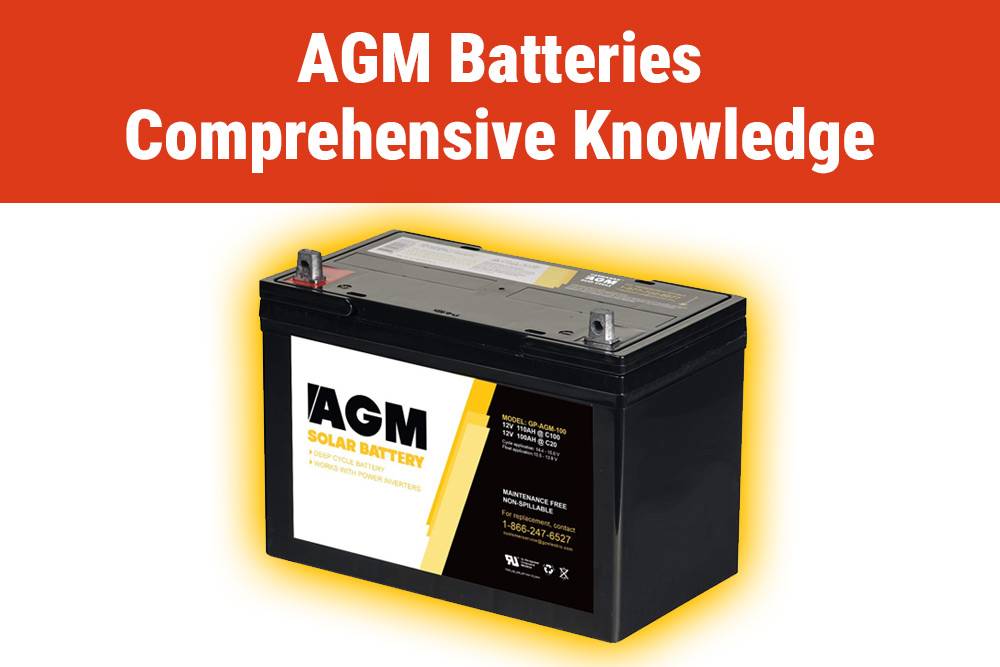AGM batteries, short for Absorbent Glass Mat batteries, are a popular choice for a wide range of applications due to their unique construction and performance advantages. Understanding the key features and benefits of AGM batteries is essential for selecting the right power solution for your needs.
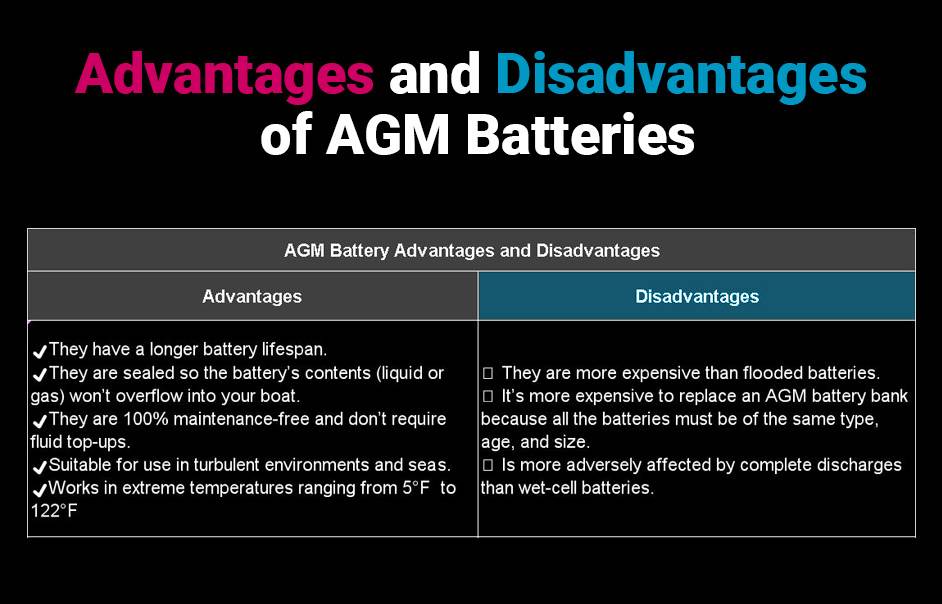
What Makes AGM Batteries Stand Out?
AGM batteries are sealed lead acid batteries that incorporate a fiberglass mat between the positive and negative plates. This mat absorbs the electrolyte, making the battery non-spillable and safe for operation in various positions. Unlike traditional lead acid batteries, AGM batteries do not require electrolyte maintenance and offer enhanced performance due to their unique construction.
Types and Applications of AGM Batteries
While AGM batteries are commonly associated with deep cycle applications, they are also used as starter batteries and in modern start-stop vehicles. Their low internal resistance allows for quick high current loads, making them ideal for various automotive and power sport applications. AGM technology is available in different voltage options, including popular 6V and 12V models, catering to diverse needs.
Charging and Recycling of AGM Batteries
AGM batteries can be charged up to five times faster than standard flooded batteries, offering a convenient power solution for quick charging requirements. Moreover, AGM batteries are highly recyclable, with over 98% of the battery components being recyclable. Their eco-friendly nature makes them a sustainable choice for energy storage applications.
AGM vs. Other Battery Types
Compared to flooded batteries, AGM batteries offer several advantages, including increased cycle life, vibration resistance, and lower self-discharge rates. While AGM batteries are slightly more expensive, their maintenance-free operation and superior performance justify the investment. When compared to Gel batteries, AGM batteries excel in high-rate discharge applications and cold temperature performance.
Choosing Between AGM and Lithium Batteries
The decision between AGM and lithium batteries depends on specific application requirements, budget constraints, and performance expectations. While AGM batteries offer cost-effective and reliable power solutions, lithium batteries provide higher energy density and longer cycle life in certain applications. Understanding the unique features of each battery type is crucial for making an informed decision.
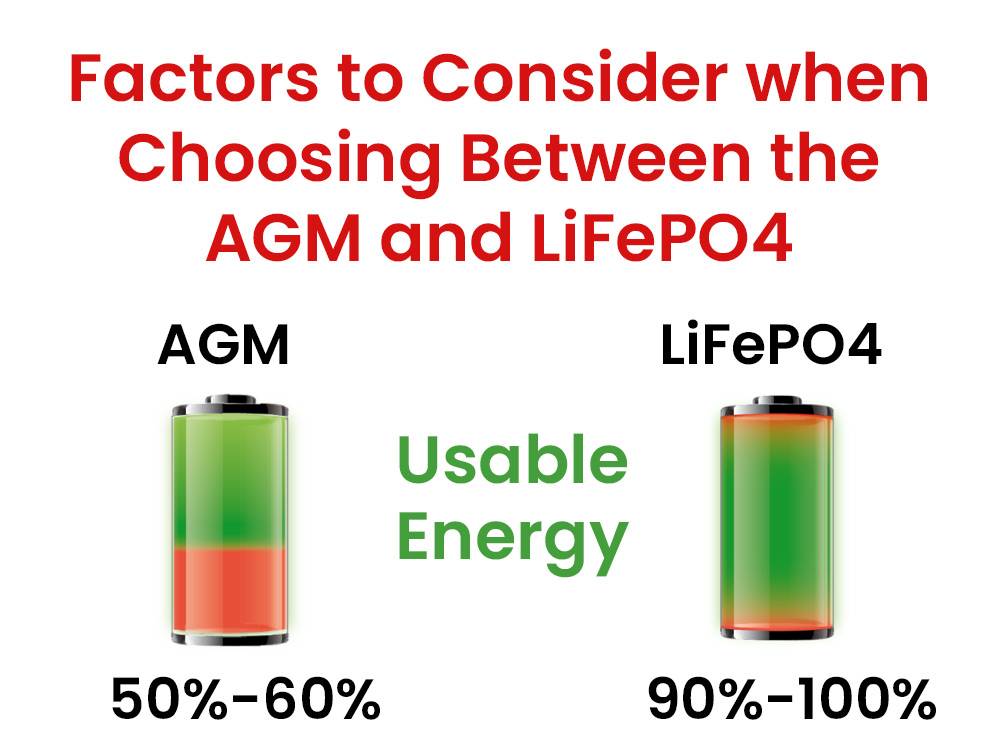
Conclusion
In conclusion, AGM batteries offer a comprehensive power solution for a wide range of applications, combining reliability, performance, and eco-friendliness. With their unique construction, fast charging capabilities, and recyclability, AGM batteries continue to be a popular choice in the battery industry. Whether used in deep cycle, starter, or power sport applications, AGM batteries deliver consistent performance and durability.
For personalized guidance on selecting the right battery for your specific needs, reach out to Redway Power’s experts who can provide tailored solutions and recommendations based on your requirements. Make the switch to AGM batteries for a reliable and efficient power source that meets your energy storage needs.
FAQs
Can You Charge an AGM Battery with a Regular Charger?
Charging an AGM battery using a regular charger is not recommended. AGM (Absorbent Glass Mat) batteries have different charging requirements compared to conventional flooded lead acid batteries that are typically charged using a regular charger. For AGM batteries, it is necessary to use a specific battery charger designed for AGM batteries to ensure proper charging. Therefore, to charge a 12 Volt AGM marine battery effectively, using the correct battery charger specifically for AGM batteries is essential for maintaining the battery’s performance and lifespan.
Can I wire different battery types and sizes together?
When considering wiring different battery types and sizes together, it is essential to prioritize compatibility and balance. Ideally, using batteries of the same type and size for parallel connections is recommended for optimal performance. This approach minimizes potential efficiency losses and ensures a more uniform power distribution across the batteries in the setup.
If you find it necessary to wire different battery types and sizes together, it is crucial to ensure that they are compatible in terms of chemistry and specifications. For example, if you are combining an original AGM battery with other batteries, it is advisable to use batteries of the same type (AGM) to maintain consistency in performance and avoid potential issues due to mismatched characteristics.
Prior to connecting different batteries together, it is recommended to carefully review the manufacturer’s guidelines and specifications for each battery type. This will help you assess whether the batteries can be safely and effectively wired in parallel, taking into account factors such as voltage, capacity, and charging requirements.
Keep in mind that mixing different battery types and sizes can lead to imbalances in the system, potentially impacting overall performance and longevity. Therefore, if possible, sticking to batteries that are the same type and size is the best practice for ensuring the reliability and efficiency of your battery setup.
What type of batteries are best for solar power?
When considering the best type of batteries for solar power, it’s essential to evaluate various options that cater to different needs and preferences. Deep-cycle batteries such as flooded lead acid, AGM, gel, and lithium iron batteries are commonly used for solar energy storage. Each type of battery offers distinct advantages in terms of efficiency, maintenance requirements, charging time, service life, and cost.
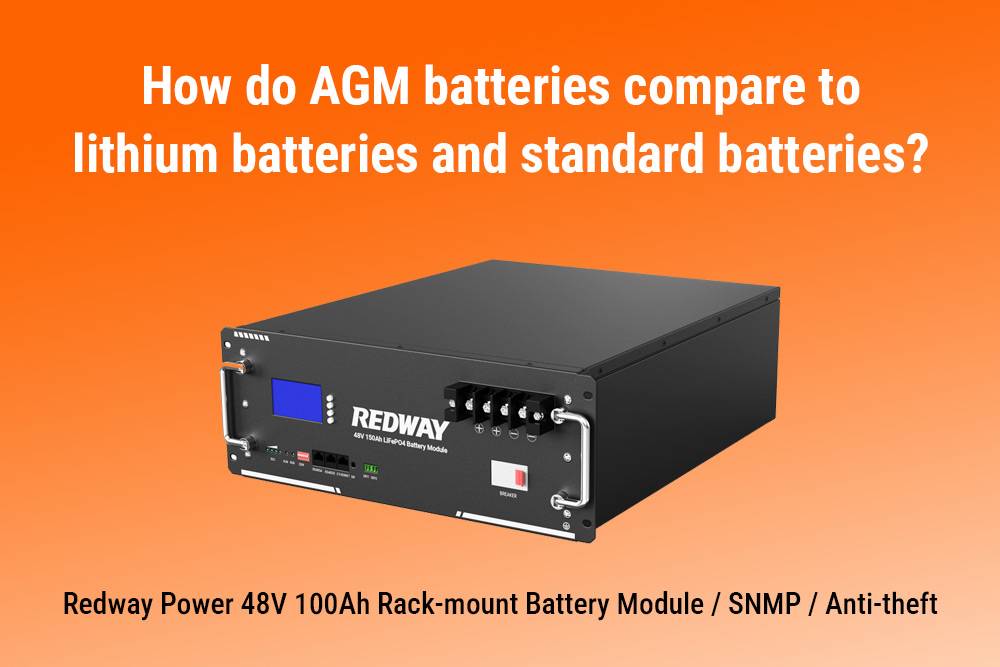
Flooded lead acid batteries are known for being cost-efficient, making them a popular choice among consumers looking for an economical option. Sealed lead acid batteries, on the other hand, offer higher charging efficiency and energy capacity at a reasonable price point. Lithium iron batteries, although more expensive, are considered superior in terms of performance and longevity, making them a top choice for those seeking high-capacity and portable energy storage solutions.
For individuals seeking a comprehensive solar panel battery solution, a solar station or solar-powered generator integrated with LiFePO4 batteries may be the ideal choice, offering a balance of efficiency, capacity, and portability. Ultimately, the best type of battery for solar power depends on individual needs and budget considerations.
How can I determine if my battery is an AGM battery?
To determine if a battery is an AGM (Absorbent Glass Mat) battery, there are several steps you can follow:
1. Check the Manufacturer’s Labels: The type of battery is usually indicated on product labels attached to the battery. If the label is not clear or missing, you can refer to the user manual for specifications. If the manual is also unavailable, contact the online store where you purchased the battery or visit the physical store.
2. Examine the Top of the Battery: AGM batteries have distinct negative and positive terminals that protrude from their flat top. If you notice these terminals, there’s a high likelihood that your battery is an AGM type.
3. Perform a Light Shake (Not Recommended): As a last resort, you can gently shake the battery. If you hear or feel fluid moving inside the battery, it is likely a wet battery. However, if you feel a solid or not much movement inside, then it is likely an AGM battery. Note that this step is not advised as it could potentially damage the battery.
Are AGM batteries worth it?
Certainly! AGM batteries are definitely worth considering depending on your specific requirements. For vehicles, AGM batteries serve as an excellent upgrade option for starter applications due to their superior quality, extended lifespan, and low maintenance needs compared to traditional lead-acid batteries. Despite their numerous advantages, AGM batteries are often similarly priced to flooded batteries, making them a practical choice for those seeking a reliable power source for their vehicle.
However, for solar energy storage solutions, the recommendation shifts towards lithium-ion batteries. While AGM batteries are beneficial for certain applications, lithium-ion batteries stand out for their exceptional quality, efficiency, and significantly longer lifespan. Despite their higher initial cost, the performance and longevity of lithium-ion batteries make them a worthwhile investment in the long term. In the realm of 12V batteries, lithium-ion batteries are considered the superior option due to their unmatched capabilities.
How do AGM batteries compare to lithium batteries and standard batteries?
When comparing AGM batteries to lithium batteries and standard batteries, it’s essential to consider unique aspects of each battery type. AGM batteries, which utilize a fiberglass mat to hold the battery acid, have distinct characteristics compared to lithium batteries and standard batteries.
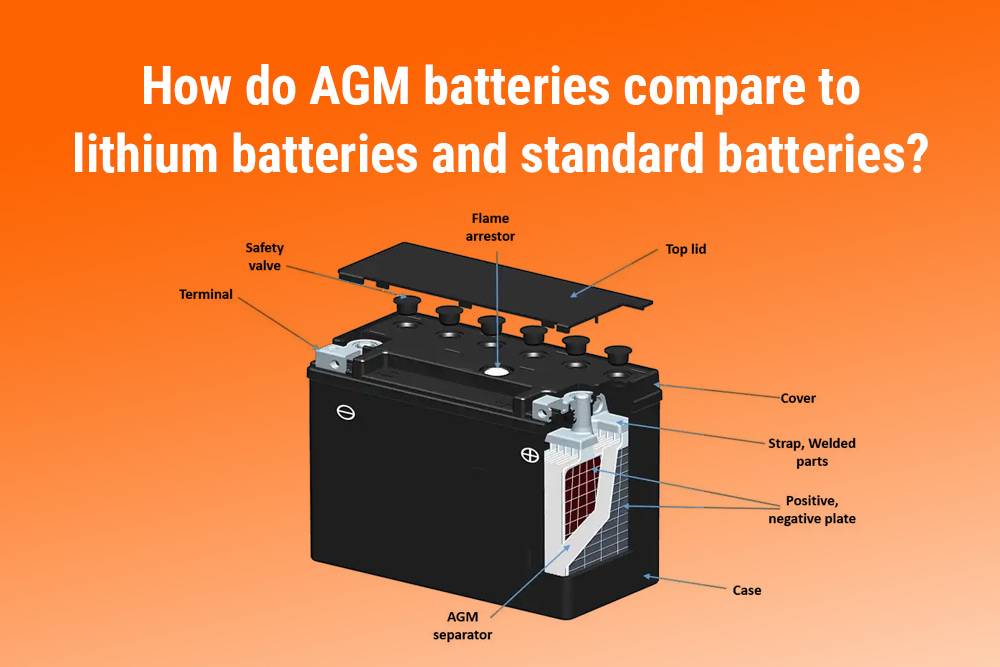
AGM batteries are a type of lead-acid battery, along with flooded and gel batteries. The key difference is that AGM batteries prevent the liquid acid from freely flowing, providing a spill-proof solution. In contrast, lithium batteries use lithium iron phosphate technology, which offers advantages in capacity, service life, and safety.
When it comes to choosing the best type of battery for your needs, factors such as capacity, service life, maintenance requirements, costs, and safety play a crucial role. While AGM batteries have their advantages in certain applications, lithium batteries are often preferred when capacity is a priority and cost considerations are secondary.
In summary, AGM batteries offer a different set of benefits compared to lithium batteries and standard batteries, making them suitable for specific situations where spill-proof properties and performance are key factors. Ultimately, the choice between AGM, lithium, and standard batteries depends on your specific requirements and priorities.
How long does an AGM battery last?
AGM batteries are known for their longevity, with an average lifespan of six to eight years in start-stop applications. The durability of AGM batteries in storage is influenced by factors such as operating temperature, depth of discharge (DoD), and battery performance degradation over time. Generally, proper maintenance and usage can extend the overall lifespan of an AGM battery.
What are the pros and cons of AGM batteries?
Indeed, the cost of AGM batteries is slightly higher than flooded batteries, yet this premium investment offers significant benefits. While flooded batteries require regular maintenance, AGM batteries stand out for their lower maintenance needs and overall enhanced performance. In addition to cost considerations, AGM batteries are favored for their lower weight and superior functionality, making them a popular choice over Gel batteries. Depending on your application and budget, opting for AGM batteries can prove to be a superior choice in terms of reliability and efficiency.

